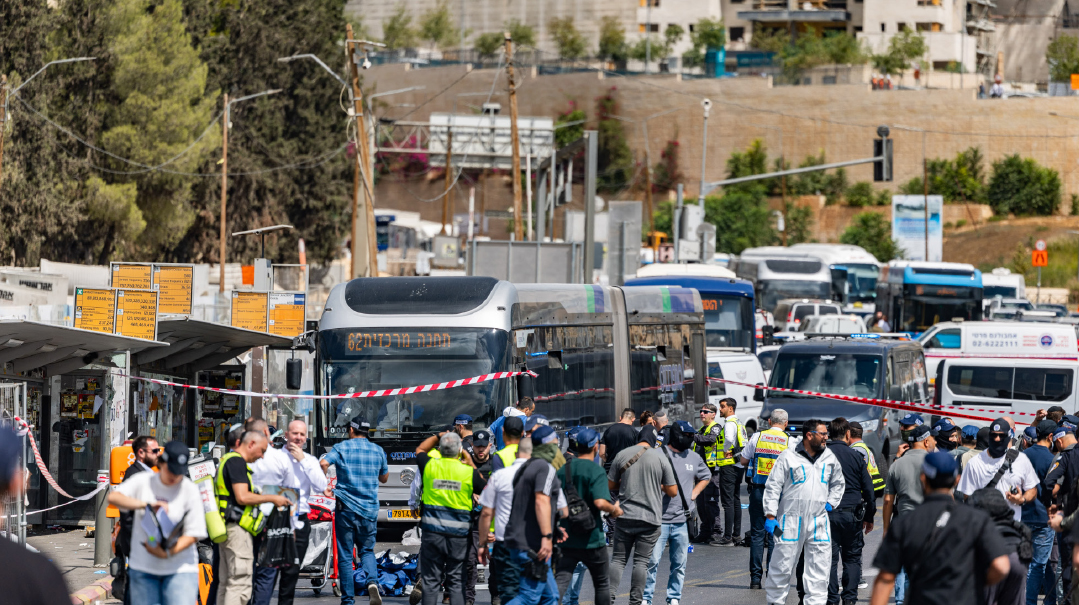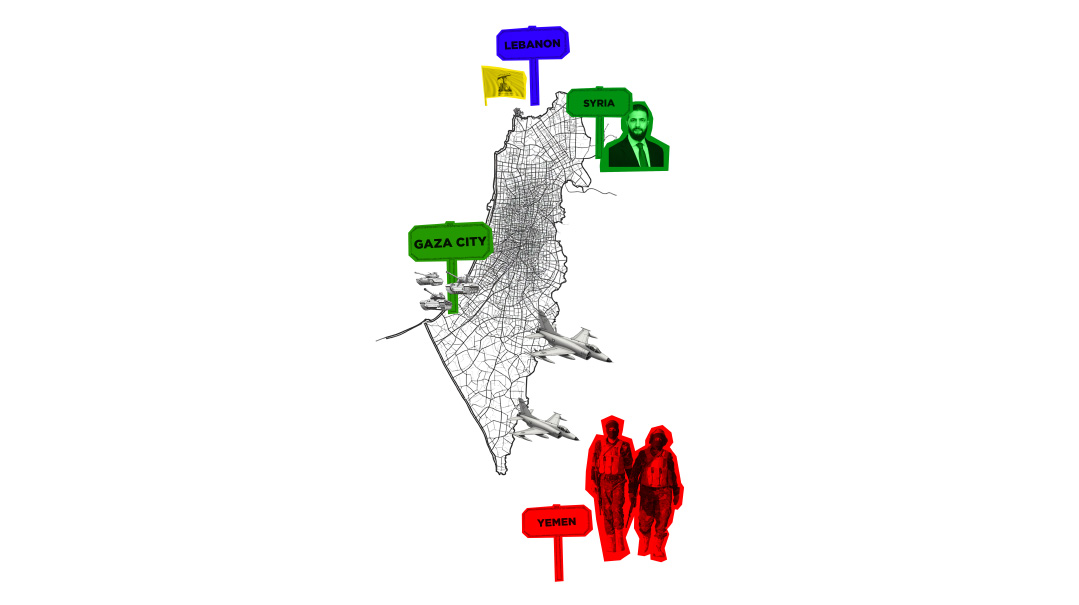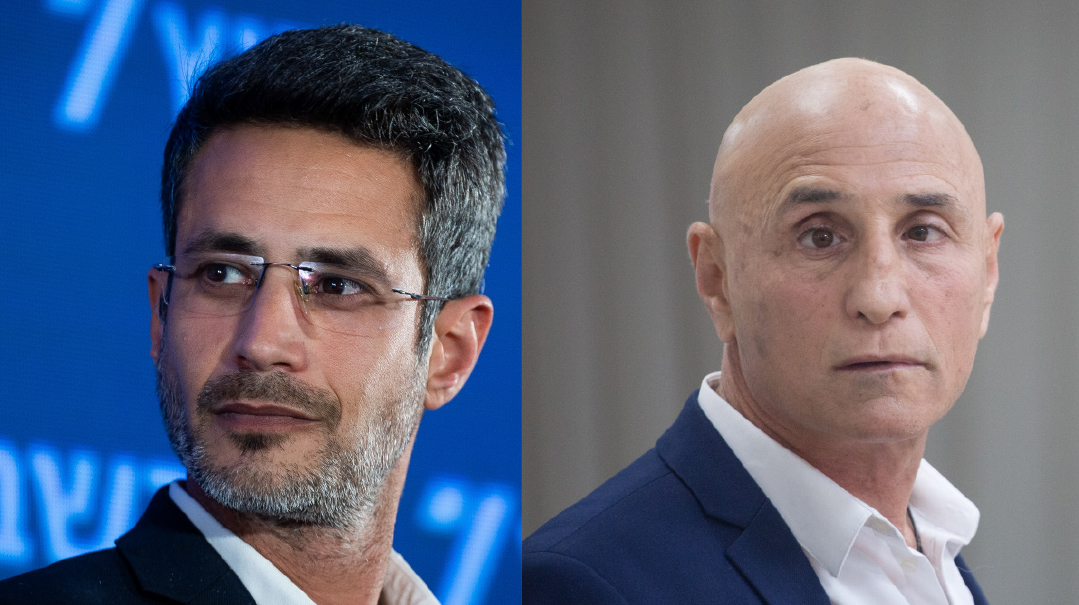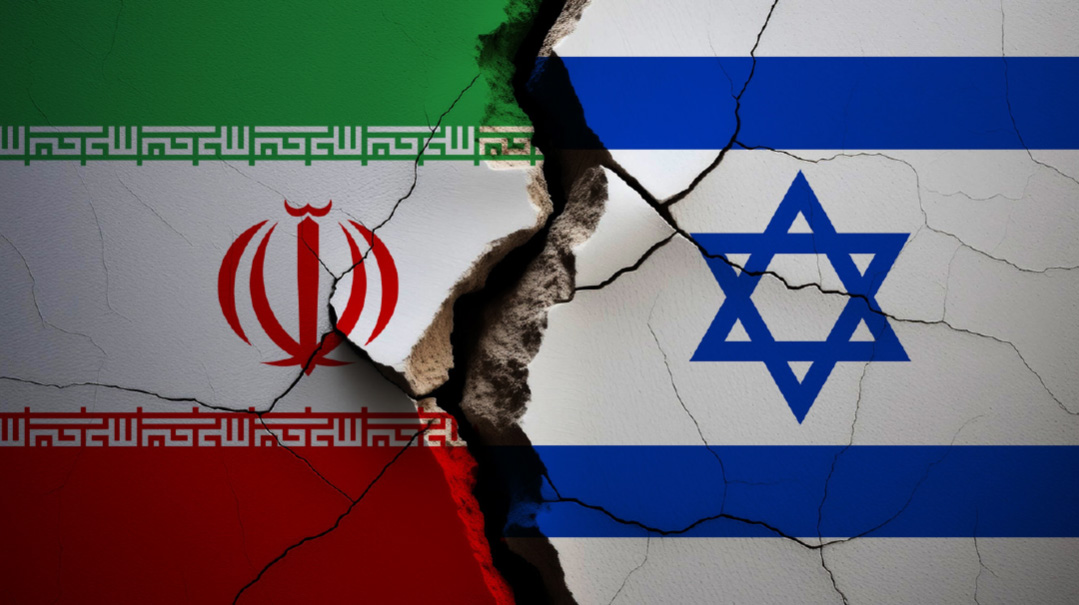As the Nations Encircle


Israel is facing five security challenges simultaneously: the Iranian nuclear threat, heightened tensions in Gaza, Russia’s delivery of the S-300 missile system to Syria, Iran’s efforts to gain a Syrian foothold, and the ongoing missile threat from Hezbollah.
The Iranian nuclear challenge is the most pressing of these challenges. Israel is now preparing for the possibility that Iran — following the reinstatement of additional US sanctions in November — will withdraw from the 2015 Joint Comprehensive Plan of Action and return to full-time nuclear enrichment. In addition to Israel’s intelligence efforts to expose Iranian activity, diplomatic efforts to pry Europe away from Iran, and the criticism expressed by Prime Minister Netanyahu over the weak oversight of the International Atomic Energy Agency (IAEA), Israel is drafting a strategic-operational plan in coordination with the United States to counter Iran on the day it renews its nuclear activity.
At the same time, Israel is also preparing solutions to head off a war in Gaza. “It is possible that we are facing another war, a more expansive one, against Hamas,” said Gilad Erdan, the minister for internal security and strategic affairs, at the beginning of the week.
Israel security officials accuse Mahmoud Abbas, head of the Palestinian Authority, of pushing Israel and Hamas toward war. As an example, they cite Qatar’s recent agreement, after extensive efforts, to allocate $60 million toward the purchase of fuel in the Gaza Strip. This move, initiated by the UN secretary-general’s envoy in the region, Nikolay Mladenov, would make it possible to double the supply of daily electricity in Gaza for the coming months. Delivery of that fuel would ease the electricity shortage in Gaza, a primary reason for the tensions. But Abbas is standing in the way, making it difficult for Qatar to carry out its plan.
In light of the growing unrest, the IDF’s Chief of General Staff Gadi Eisenkot ordered extensive troop reinforcements along the border. Israel claims that in the last few weeks, Hamas has heightened tensions by orchestrating nightly demonstrations and dispatching “incursion cells” to sabotage Israeli equipment used to build an underground barrier against the terror tunnels. The IDF estimates these tunnels number in the double digits. Until the barrier is completed, they say, the tunnels remain the most significant threat to border communities.
In addition, Sunday’s terror attack in the Barkan Industrial Park that saw two Israelis brutally murdered and a third injured showed that Hamas is happy to stoke anti-Israel hate. Shortly after the attack, Hamas handed out sweets in the Gaza Strip to celebrate the atrocity, an attack it called “a natural response to the Israeli occupation’s crimes.”
Still, it’s not hard to understand why Hamas is not exactly galloping toward war. The last few wars, especially 2014’s Protective Edge, made it clear that Hamas’s gains were dwarfed by the destruction caused to the Strip. Moreover, there is no country today willing to pay the bill for Gaza’s reconstruction.
From Israel’s point of view, Hamas’s infiltration cells pose a security challenge, since many of these cells return to Gaza unharmed. More forces in the field should help, but the real ticking time bomb is the infrastructure crisis. If the PA succeeds in preventing additional electricity supplies, the situation will continue to deteriorate. And Israel cannot allow itself to wake up one day to discover a mass catastrophe on the Mediterranean coast — a catastrophe that the international community has lost all interest and hopes of ever fixing.
The S-300 Headache
Things aren’t much better along the northern border, where tensions with Syria and Iran are far from resolved. Something fundamental has shifted in the north, despite the soothing messages from Jerusalem. Senior Israeli officials emphasize that the air force will continue to operate in Syrian airspace, and attack military targets when necessary. Meanwhile, at least according to foreign media reports, that hasn’t happened since the November 17 downing of a Russian Ilyushin reconnaissance plane by Syrian forces in the midst of an Israeli attack.
Moscow’s reaction to the deaths of 17 of its soldiers was swift: Last week, it delivered the S-300 antiaircraft missile system to a Russian air force base in northern Syria. According to experts, it will take several months for the Russians to train their Syrian counterparts in operation of the system, and even then it’s not yet clear how oversight and control will operate between the two countries on Syrian territory.
The Israeli media reported that the air force can evade the S-300 system, but, according to one security source, the S-300 missiles are “not a simple challenge.” The source said Israel has made it clear to Russian president Vladimir Putin that it will continue to operate within Syria. According to one diplomatic source, “Putin made a move, but the game board is big and he also understands that.” The Russian president wanted to prevent Israel from repeatedly attacking Syrian and Iranian positions. The Ilyushin incident provided him with cover to provide the S-300 system and create a new strategic climate that he believes will reduce the likelihood of conflict between Syria/Iran and Israel.
Beirut Residents, Watch Out
Prime Minister Binyamin Netanyahu reminded the world in his speech two weeks ago at the UN General Assembly that Hezbollah is producing precision rockets in the heart of Beirut. While the Lebanese government hosted a media tour to disprove the allegations, the location of these sites did not evade the eyes of Western observers — near the international airport, near schools and hospitals, and even near a golf club that is preferred by foreign residents of Beirut.
At about the same time, some unknown entity sent text messages to tens of thousands of residents in southern Beirut informing them of a fourth missile site that Hezbollah is constructing in the area. The residents were further warned of the ramifications of living near the missile site. While war does not appear imminent with Iran’s terror proxy Hezbollah, there is certainly a lot of psychological warfare going on, via several channels.
(Originally featured in Mishpacha, Issue 730)
Oops! We could not locate your form.













